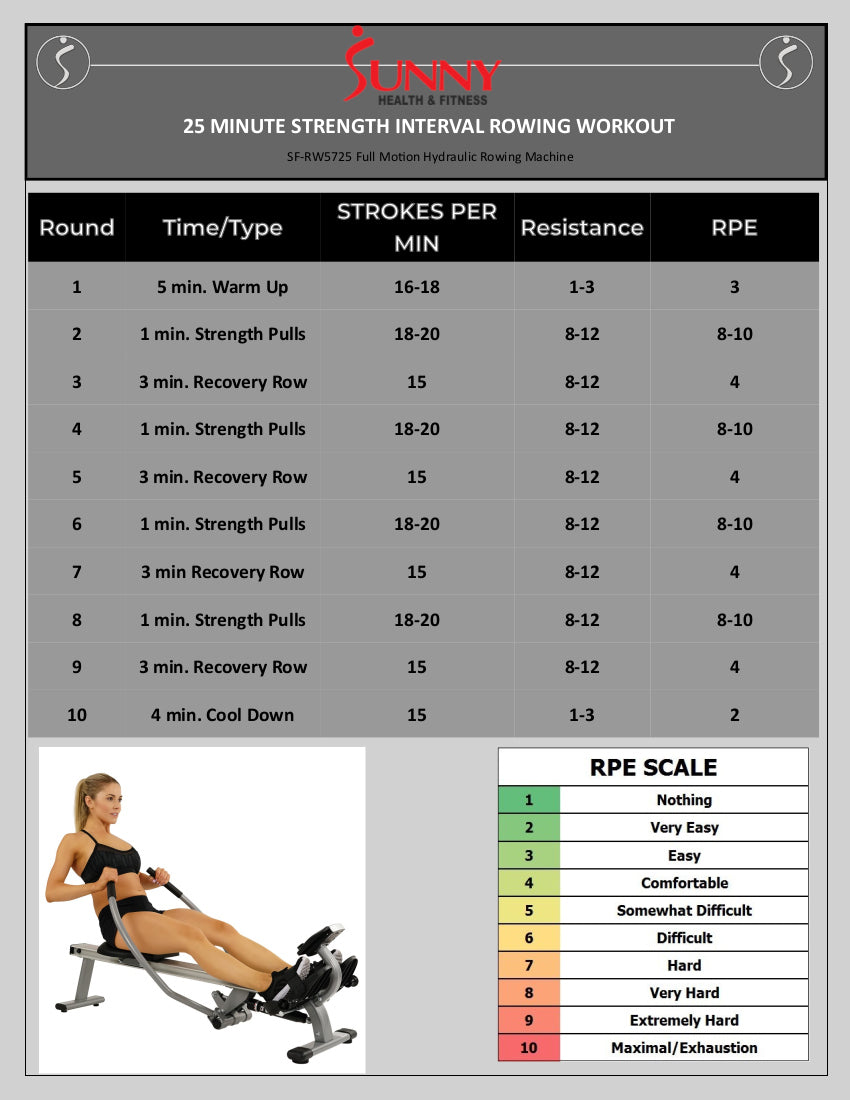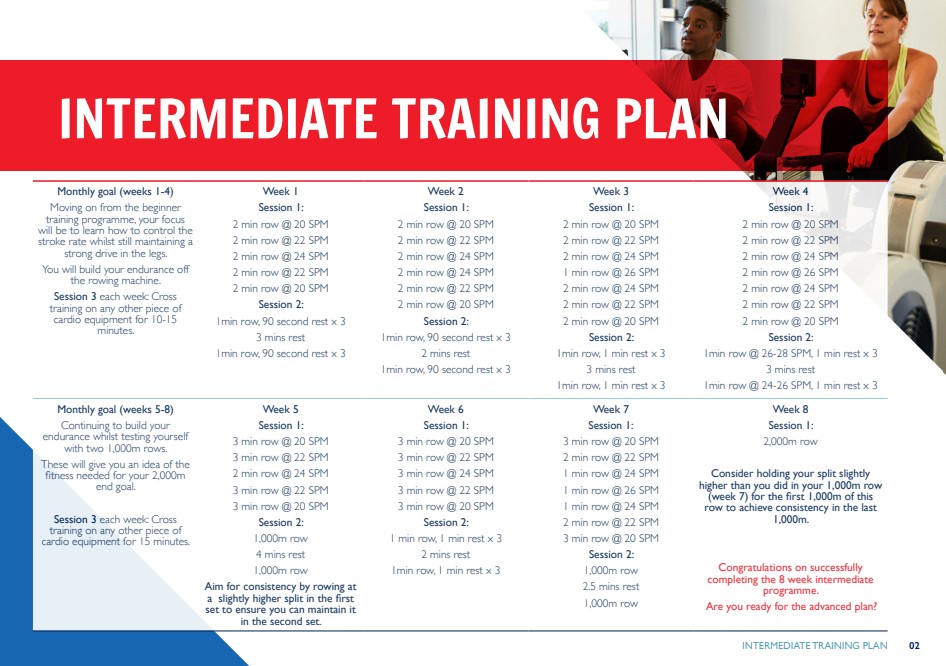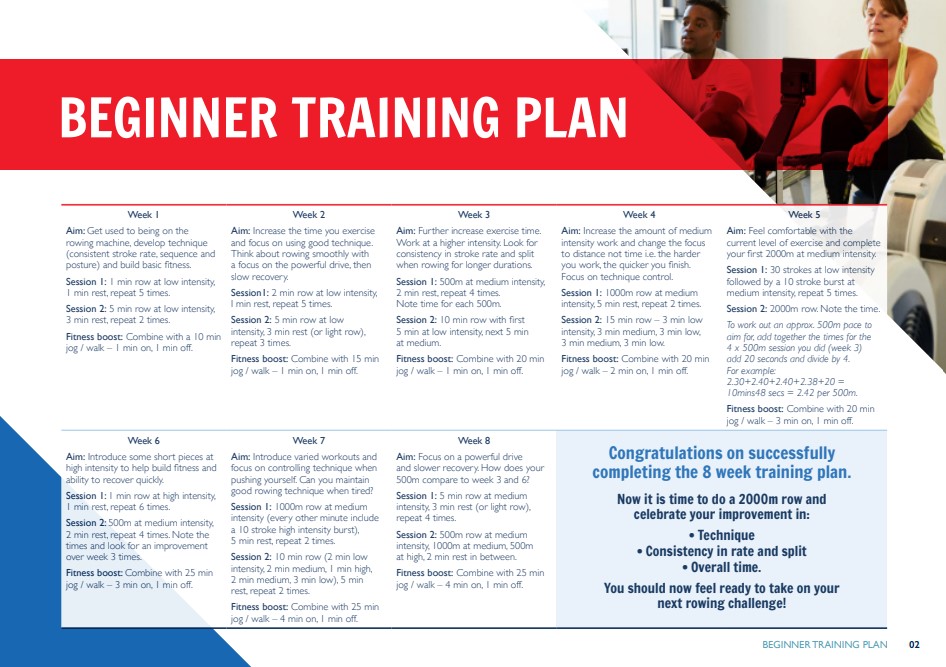Your rowing machine promises a full-body transformation in minimal time, yet that blinking timer creates constant uncertainty: Exactly how long to use rowing machine to see real results? Row too briefly and you waste effort. Overdo it and you risk burnout before benefits kick in. The truth is counterintuitive—this powerhouse equipment delivers 86% muscle engagement per stroke, meaning focused 15-20 minute sessions often outperform hour-long gym routines. Stop guessing and discover your precise rowing duration based on actual physiology and proven training protocols.
Most beginners sabotage progress by rowing too long too soon. The magic lies in strategic compression: 15 quality minutes equals the stimulus of 240 weighted squats combined with upright rows. This isn’t theory—it’s biomechanics. Today you’ll get science-backed duration prescriptions for weight loss, endurance, strength, and general health. No fluff, no guesswork. Just your exact minutes-per-session blueprint.
Rowing Duration by Fitness Goals

Your target session length shifts dramatically based on specific objectives. Generic “20 minutes daily” advice ignores critical physiological differences between fat loss and endurance building. Here’s your goal-specific timeline:
Weight Loss Focus: 20-30 minutes, 4-6 times weekly at moderate intensity (60-70% max heart rate). Advanced users may extend to 60 minutes but only after 3+ months of consistent training. Crucially, this requires pairing with nutrition—rowing alone won’t overcome caloric surplus.
Cardiovascular Endurance: 30-60 minutes of steady-state rowing at conversational pace (able to speak short sentences). Elite athletes often split this into 3×30 minute segments for equal benefit with lower injury risk.
Strength & Power Development: 20 minutes of high-intensity intervals (8-9/10 exertion). Longer durations compromise power output—quality over quantity here.
General Health Maintenance: 15-20 minutes, 3-5 times weekly. This triggers meaningful cardiovascular adaptation without excessive fatigue.
Beginner Guidelines: First Month Survival Plan
New rowers commonly quit within weeks by ignoring progressive overload. Your first 30 days require surgical precision:
- Weeks 1-2: 5-10 minute sessions max (try 4×1 minute intervals with equal rest)
- Weeks 3-4: Build to 10-15 continuous minutes
- Month 1 Target: 20 minutes with perfect form
- Progression Rule: Add only 2-5 minutes weekly when technique stays flawless
Critical mistake: Attempting 30 minutes on day one. This causes excessive DOMS (delayed onset muscle soreness), poor stroke mechanics, and rapid abandonment. Focus on smooth drive-recovery sequences, not duration. If your lower back aches after 8 minutes, stop—that’s your current ceiling.
Intermediate to Advanced Timing Adjustments
Once you’ve rowed consistently for 3+ months, duration becomes secondary to session quality:
Intermediate Rowers (3-12 months): 20-45 minute sessions mixing steady-state and intervals. Example: 10 minutes at conversational pace followed by 8x500m sprints with equal rest.
Advanced Athletes (1+ years): 60-90 minute sessions, often split (e.g., 30 min AM, 30 min PM). Never add time without purpose—advanced rowers periodize sessions around specific races or goals. Marathon rowers might do 90-minute steady rows weekly, while sprinters prioritize 20-minute power bursts.
Session Structure Templates for Time-Crunched Users
Quick HIIT Sessions (≤ 20 Minutes)
When you’ve only got 15 minutes, these protocols deliver disproportionate results:
Tabata Power Blast:
3 min warm-up → 8x (20 sec max effort/10 sec rest) → 3 min cool-down
Why it works: Triggers 24+ hours of elevated calorie burn through EPOC (excess post-exercise oxygen consumption).
Pyramid Intervals:
2 min warm-up → Row 1/1, 2/1, 3/1 min work/rest → Reverse pyramid → 2 min cool-down
Pro tip: Set damper between 3-5. Higher settings create false intensity without real power gains.
Moderate Steady-State (20-45 Minutes)
The foundation of sustainable fitness:
– Maintain 55-70% max heart rate (Zone 2)
– Target 2:00-2:30 split time per 500m (adjust for fitness level)
– Focus on rhythmic breathing—exhale fully on drive phase
This zone builds mitochondrial density for efficient fat burning. If you can’t speak 5-word phrases comfortably, you’re going too hard. Consistency here yields 80% of cardiovascular benefits.
Long Aerobic Development (45-90 Minutes)
For serious endurance athletes:
– Stay below 70% max heart rate
– Split into 2-3 segments if needed (3×30 min = 90 min total)
– Prioritize stroke rhythm over speed
Warning: Only attempt 60+ minutes after 6+ months of consistent rowing. Joint stress compounds rapidly beyond this threshold for unconditioned users.
Weekly Scheduling Strategy

Duration means nothing without intelligent recovery. Your weekly structure should look like this:
| Experience Level | Sessions/Week | Critical Recovery Rule |
|---|---|---|
| Beginner | 2-3 | 48+ hours between rowing sessions |
| General Fitness | 3-5 | One full rest day minimum |
| Endurance Focus | 5-6 | One active rest day (yoga/swim) |
Overtraining red flags:
– Morning resting heart rate 10+ BPM above normal
– Split times worsening despite same effort
– Persistent elbow or lower back soreness
Scale back immediately if you notice these. More rowing isn’t better rowing.
Intensity Calibration Guide
Stop flying blind with these measurable metrics:
– Split time: Track minutes per 500m (Novices: 2:30-3:00; Intermediates: 2:00-2:20; Elites: <2:00)
– Stroke rate: 18-24 spm for steady state; 28-36 spm for sprints
– Perceived exertion: Use 1-10 scale (steady = 4-6; intervals = 8-9)
Your rower’s monitor lies if you don’t calibrate effort. A 2:00 split at 30 spm feels brutal but delivers less fitness than 2:15 at 22 spm with perfect form.
8-Week Progressive Plan

This battle-tested timeline takes novices to confident intermediates:
Week 1: 10 min total (3 min warm-up + 4×1 min work/1 min easy + 2 min cool-down)
Week 2: 12 min total (add one interval)
Week 3: 15 min continuous after warm-up
Week 4: 18 min continuous
Week 5: 20 min with 1 min hard every 5 min
Week 6: 25 min steady
Week 7: 30 min steady
Week 8: Mix steady and interval days (30-35 min total)
Key progression rule: Never advance weeks until current duration feels controlled. Skipping ahead causes form breakdown and injury.
Common Duration Questions Answered
“Is 20 minutes enough on a rowing machine?”
Absolutely for general health and calorie burn. But 20 minutes of distracted rowing beats 45 minutes of poor form. Quality trumps quantity every time.
“Can I row daily?”
Not recommended for most. Connective tissues need 48+ hours to adapt to rowing’s repetitive motion. Three quality sessions beat six mediocre ones.
“When do results appear?”
– Cardiovascular improvements: Noticeable in 2-4 weeks
– Visible body changes: 8-12 weeks with nutrition alignment
– Performance gains: Faster splits typically emerge by week 6
Pre-Session Quick Checklist
Skip this 30-second ritual and risk injury:
1. Warm-up: 3-5 minutes at easy pace (damper 3-5)
2. Setup: Foot straps snug but not tight; monitor zeroed
3. Form focus: Drive sequence = legs → back → arms
4. Cool-down: Mandatory 2-5 minute easy rowing + stretching
5. Log: Duration, average split, total meters, exertion
This prevents 90% of beginner injuries and tracks true progress.
Final Duration Recommendations
Your ideal how long to use rowing machine answer isn’t fixed—it’s a moving target. Start ruthlessly small: 10 minutes with perfect form beats 30 minutes of hunched misery. As technique solidifies, add minutes only when your body signals readiness. Remember, rowing’s genius is efficiency—every minute delivers disproportionate results when executed correctly.
Advanced athletes might hit 90 minutes, but they built there over years, not weeks. Your sweet spot today likely sits between 15-30 minutes depending on goals. Track metrics, respect recovery, and let the machine’s full-body engagement work for you. Whether you’ve got 12 minutes or 45, purposeful effort at the right intensity transforms potential into results. Now row smarter, not longer.




